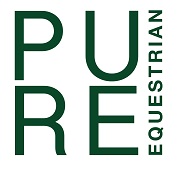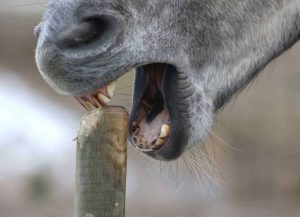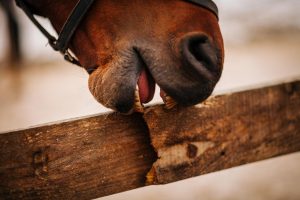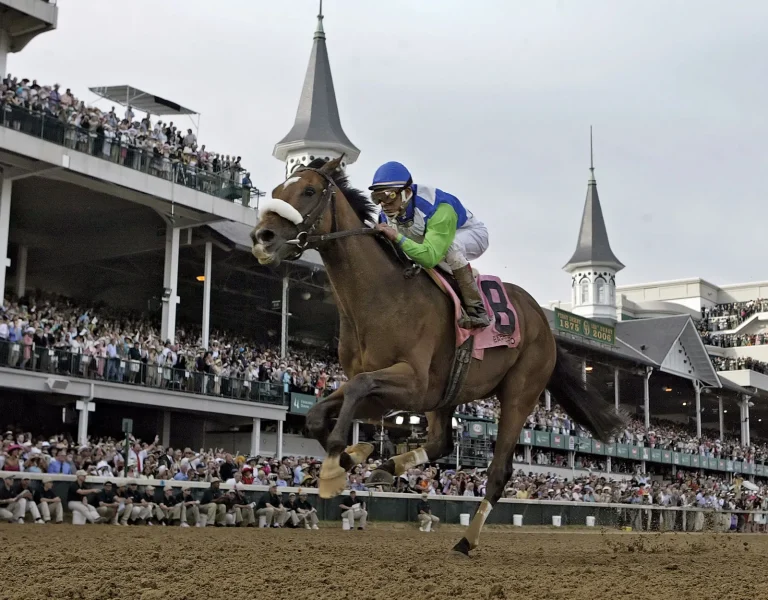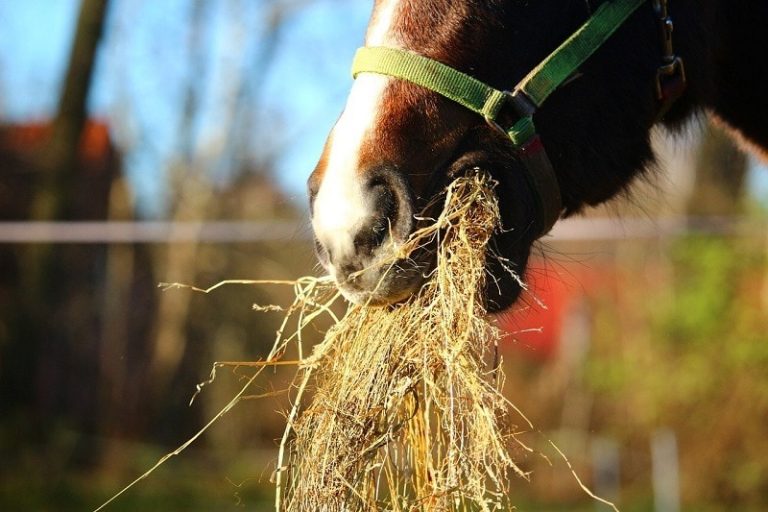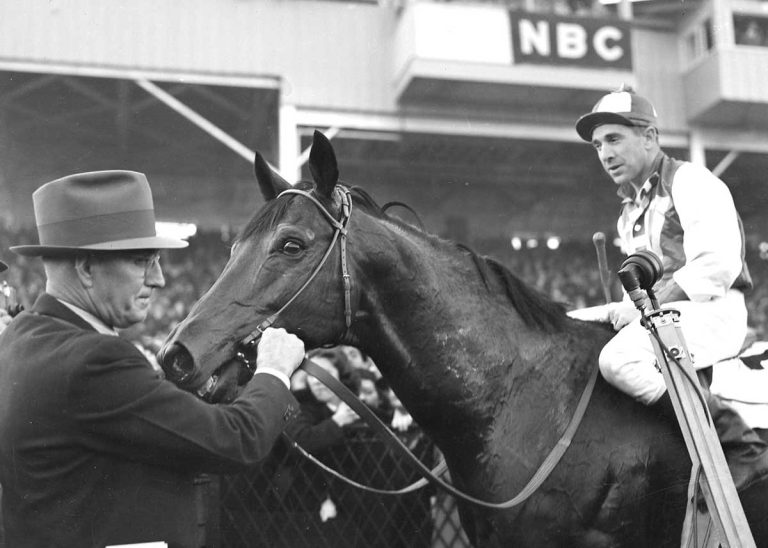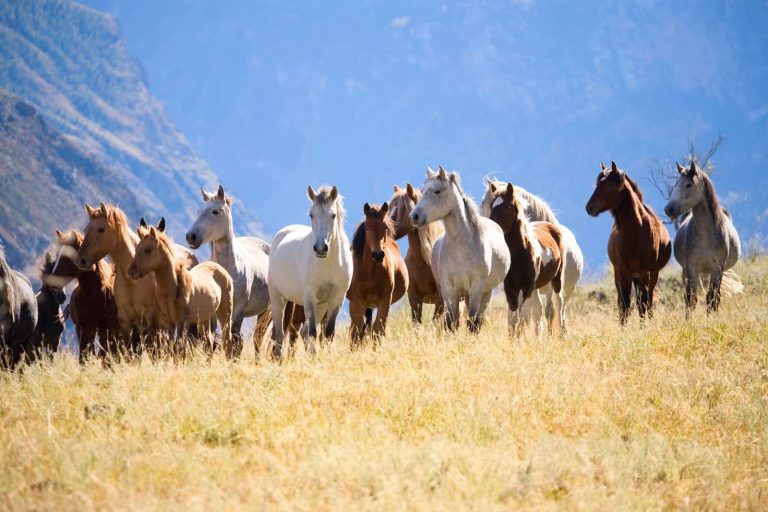Have you ever wondered what cribbing is and how it is managed in horses? Cribbing is a compulsive habit where a horse grasps onto a solid object, such as a fence or stall door, with its teeth and sucks in air. This behaviour can not only cause damage to the horse’s teeth and digestive system but also result in other health issues. Managing cribbing in horses involves a combination of approaches, including modifying the horse’s environment, providing appropriate nutrition, and addressing any underlying causes. In this article, we will explore the concept of cribbing in horses and the various strategies used to manage it effectively.
Table of Contents
ToggleUnderstanding Cribbing
Definition of cribbing
Cribbing is a compulsive behaviour exhibited by horses that involves grabbing onto a solid object with their incisors, arching their neck, and sucking in air. This behaviour is often accompanied by a characteristic grunt or groan and can be concerning for horse owners. Cribbing is not only a physical action; it is also a mental habit that horses can develop.
Causes of cribbing
The exact cause of cribbing is not fully understood, but it is believed to be a combination of genetic predisposition, stress, and environmental factors. Horses may start cribbing as a coping mechanism in response to boredom, confinement, or changes in their routine or environment. In some cases, horses may learn cribbing behaviour from other horses.
Signs of cribbing
Recognising the signs of cribbing is essential for early intervention. Common signs include the horse grabbing onto solid objects such as fences or stall doors, arching their neck, and producing a distinct gulping or grunting sound. Other indications of cribbing may include excessive salivation, wear on the teeth, and weight loss. It is crucial to observe these signs and take appropriate action to manage cribbing effectively.
Effects and Risks of Cribbing
Potential health problems
Cribbing can lead to various health problems for the horse. The act of sucking in air during cribbing can cause an increased risk of colic and gastric ulcers due to excess air intake and changes in normal digestion. The repetitive motion of cribbing can also contribute to excessive wear on the teeth, leading to dental issues. Additionally, horses that crib excessively may experience weight loss and poor condition due to the time and energy spent on this compulsive behaviour.
Damage to facilities
Cribbing also poses risks to the physical environment and facilities where horses are kept. The repeated grabbing and pulling motion of cribbing can lead to damage to fences, stall doors, and other solid objects in the horse’s environment. This can be costly to repair and may require modifications to the horse’s living area to prevent further damage.
Risks for the horse
Aside from the potential health problems and facility damage, cribbing also poses risks to the horse’s overall well-being. Horses that engage in excessive cribbing may become socially isolated as other horses may avoid or reject them due to the unusual behaviour. Additionally, cribbing can be a substitute for other normal behaviours, such as grazing or socializing, leading to a reduced quality of life for the horse.
Environmental and Feeding Management
Provide ample turnout
One way to manage cribbing is to ensure that horses have ample turnout time in a suitable pasture or paddock. Giving horses access to open spaces where they can move freely and engage in natural behaviours, such as grazing, can help alleviate boredom and reduce the likelihood of cribbing. Regular turnout also provides opportunities for social interaction with other horses, which is essential for a horse’s overall well-being.
Social interactions
Horses are social animals, and social interactions play a crucial role in their mental and emotional well-being. Increasing opportunities for positive social interactions can be an effective approach to managing cribbing. Introducing compatible herdmates, arranging turnout groups, or providing supervised playtime with other horses can help reduce boredom and provide mental stimulation, ultimately decreasing the likelihood of cribbing.
Feed forage regularly
Ensuring that horses have access to a consistent and adequate supply of forage is essential for managing cribbing. Feeding horses high-quality hay or pasture forage on a regular schedule can help satisfy their natural grazing instincts and reduce the likelihood of boredom-induced cribbing. Along with regular forage feeding, it is important to monitor the horse’s body condition and adjust the feed quantity accordingly to maintain a healthy weight.
Consider feeding strategies
In some cases, modifying the horse’s feeding strategies can help manage cribbing. Providing horses with multiple small meals throughout the day rather than large, infrequent meals can help occupy their time and prevent boredom. Slow feeders or hay nets can be used to prolong feeding time and encourage natural foraging behaviours. Introducing food puzzles or treat balls can also help mentally stimulate the horse and divert their attention away from cribbing.
Physical and Behavioural Management
Use anti-cribbing collars
Anti-cribbing collars are devices designed to restrict the horse’s ability to arch its neck and suck in air during cribbing. These collars work by exerting pressure on specific points around the neck, discouraging the horse from engaging in the cribbing behaviour. It is important to note that anti-cribbing collars should be used under veterinary supervision and fitted correctly to ensure the horse’s comfort and safety.
Adjust stable design
Modifying the stable design can help discourage cribbing behaviour. Smooth, rounded edges and corners can make it more difficult for the horse to grab onto surfaces and start cribbing. Additionally, providing ample turnout and incorporating natural materials, such as rubber or wood, in the horse’s living area can create a more stimulating and comfortable environment, reducing the likelihood of cribbing.
Implement prevention strategies
Preventing cribbing is always better than trying to manage it once it has developed. In addition to the aforementioned environmental and feeding management strategies, it is crucial to maintain a consistent routine and minimise environmental stressors for the horse. Regular exercise, mental stimulation through training or play, and ensuring a calm and positive atmosphere can all contribute to preventing cribbing and promoting overall well-being.
Dental Care and Nutrition
Importance of dental examinations
Regular dental examinations by a qualified equine dentist or veterinarian are crucial for managing cribbing. The repetitive action of cribbing can cause excessive wear on the horse’s teeth, leading to dental issues such as sharp points, uneven wear, or malocclusions. Regular dental care, including floating or filing teeth, can help prevent these problems and alleviate any discomfort that may contribute to cribbing behaviour.
Proper nutrition and supplements
Providing horses with a balanced diet that meets their nutritional needs is essential for managing cribbing. Consultation with a veterinarian or equine nutritionist can help ensure that the horse’s diet is suitable for their individual requirements. In some cases, the inclusion of specific supplements, such as magnesium or probiotics, may be beneficial in reducing cribbing behaviour. It is important to note that any dietary changes or supplementation should be done under professional guidance.
Veterinary Intervention
Consulting a veterinarian
If cribbing becomes a significant concern, it is important to consult with a veterinarian experienced in equine behaviour. They can evaluate the horse’s overall health, conduct a thorough examination, and provide specific recommendations for managing and treating cribbing. Working closely with a veterinarian can help tailor an individualised management plan that addresses the horse’s specific needs and reduces the impact of cribbing on their well-being.
Medical treatments
In some cases, medication may be prescribed to help manage cribbing. These medications, such as omeprazole to treat gastric ulcers or antidepressants to reduce anxiety, may be recommended based on the underlying cause and severity of cribbing. It is imperative to follow the veterinarian’s guidance closely and monitor the horse’s response to medication to ensure its effectiveness and minimise any potential side effects.
Alternative Therapies
Acupuncture
Acupuncture is a holistic therapy that can be used as part of the management plan for cribbing. It involves the insertion of fine needles into specific points on the horse’s body to stimulate energy flow and promote overall balance. Acupuncture may help address underlying imbalances or discomfort that contribute to cribbing behaviour. Working with a qualified equine acupuncturist can help determine if acupuncture is a suitable treatment option for the horse.
Chiropractic care
Chiropractic care focuses on aligning the horse’s musculoskeletal system, particularly the spine. Misalignments or subluxations in the horse’s vertebrae can potentially contribute to discomfort or pain, leading to cribbing behaviour. Chiropractic adjustments can help restore proper alignment, relieve tension, and improve overall body function. It is important to work with a skilled equine chiropractor who can assess the horse’s specific needs and provide appropriate treatments.
Herbal remedies
Herbal remedies are natural supplements derived from plants that can be used to support the management of cribbing. Certain herbs, such as chamomile or valerian root, have calming properties that may help reduce anxiety or stress-related behaviours like cribbing. However, it is essential to consult with a veterinarian experienced in herbal medicine before introducing any herbal remedies to ensure their safety and effectiveness for the individual horse.
Psychological Enrichment
Environmental enrichment
Providing horses with a stimulating and enriching environment can help reduce boredom and decrease cribbing behaviour. This can be achieved by offering a variety of objects, such as balls, hanging toys, or treat puzzles, for the horse to interact with. Regularly rotating and changing these items can prevent habituation and keep the environment engaging for the horse. Additionally, incorporating natural features like trees or shrubs into the turnout area can provide mental stimulation and encourage natural behaviours.
Toys and play
Toys specifically designed for equine enrichment, such as treat balls or activity boards, can help divert the horse’s attention away from cribbing. These toys can be filled with treats or feed, requiring the horse to engage in playful problem-solving to access the rewards. Play sessions with the horse, such as engaging in groundwork exercises or practicing new tricks, can also provide mental stimulation and reinforce the bond between the horse and handler.
Training Techniques
Positive reinforcement
Using positive reinforcement training techniques can be an effective approach to managing cribbing. Rewarding the horse with treats, praise, or scratches when they engage in desired behaviours, such as standing quietly or interacting with enrichment items, can help shift their focus away from cribbing. Consistency, patience, and clear communication are key when implementing positive reinforcement strategies, and working with an experienced trainer can provide guidance and support.
Redirecting behaviours
Instead of focusing solely on stopping cribbing, redirecting the horse’s attention to alternative behaviours can be a successful management technique. Teaching the horse specific cues or activities, such as targeting or “busy buckets,” can provide mental stimulation and occupy their time. By redirecting their energy and attention towards positive behaviours, the horse can gradually reduce their reliance on cribbing as a coping mechanism.
Monitoring and Prevention
Regular observation
Regularly observing the horse’s behaviour and environment is crucial for monitoring cribbing and assessing the effectiveness of management strategies. By closely monitoring the horse’s routine, social interactions, and overall well-being, any changes or triggers that may contribute to cribbing can be identified and addressed promptly. Adjustments to the management plan or seeking veterinary intervention can be done as necessary to ensure the horse’s ongoing welfare.
Education and awareness
Being knowledgeable about cribbing and its management is essential for effectively preventing and addressing the behaviour. Horse owners should educate themselves on the potential causes, signs, and risks associated with cribbing. By staying informed and aware, they can make informed decisions regarding management strategies and seek appropriate professional advice when needed. Sharing this information with others in the equine community can also raise awareness and contribute to the well-being of horses affected by cribbing.
In conclusion, understanding cribbing and its management is crucial for ensuring the well-being of horses. By implementing a comprehensive approach that includes environmental and feeding management, physical and behavioural interventions, dental care and nutrition, veterinary intervention, alternative therapies, psychological enrichment, training techniques, and regular monitoring and prevention, horse owners can effectively manage cribbing and provide their horses with a fulfiling and healthy life.
